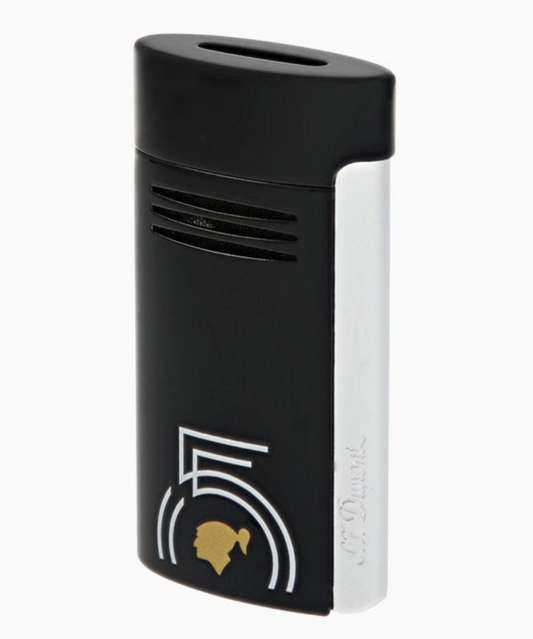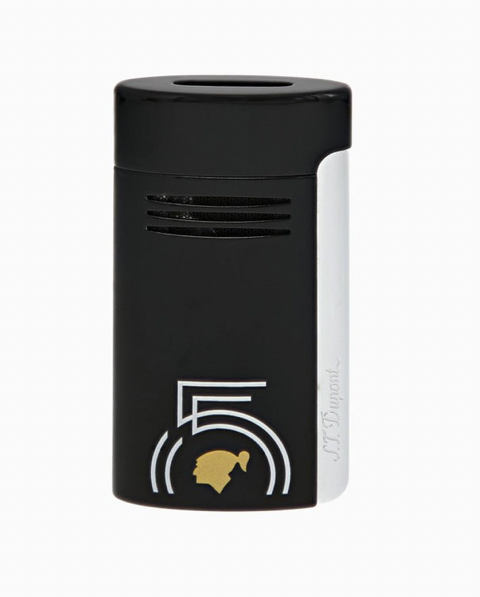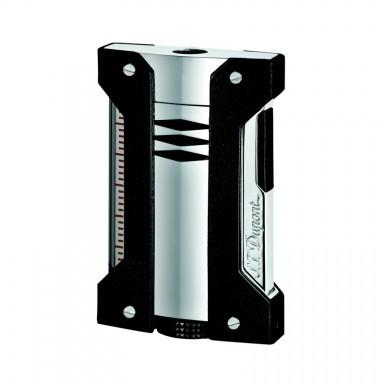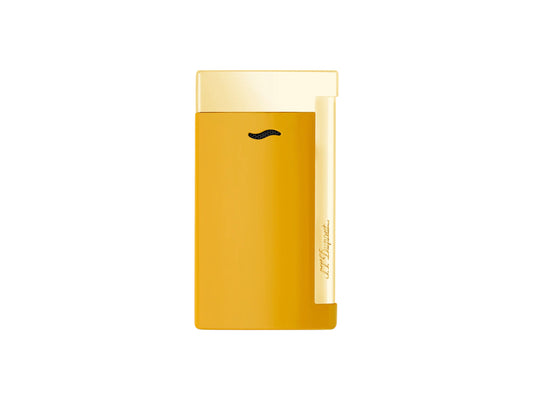From Cantù to America, from 1947 to today, here is one of the most famous Italian pipe companies in the world. At the origin of success, the ability of its founder, Carlo Scotti, to focus on quality and imagination.
The first pipe Castello was born on May 17, 1947 In Cantù, in the province of Como, during a post -war period characterized by an entrepreneurship capable of combining laboriousness with the creative spirit. The protagonist of the "childbirth" was Carlo Scotti, owner of a tobacconist's in Chiasso, the southernmost point of Switzerland, about 20 kilometers away from the Como Municipality.
The origin of the name It is unimaginable, as far as the imagination. The Pipe logo Castello It depicts precisely a fortress, but it is something much less material that has given the brand its name. In fact, it would be the proverbial "castles in the air" to have given shape to the brand, to depict the ambition that Carlo Scotti had for his pipes. Ambition that, as we will see, had the power to make the dream real.
The company, as mentioned, is located in Cantù And this choice is also the result of an innovative and imaginative thrust. Although Scotti had been suggested to start his business in Varese, already rich in factories that work wood and small businesses engaged in the production of pipes, the founder of the Castello He also wanted to distinguish himself geographically from less craft and more quantitative competition.
His daughter Savina and the son -in -law Franco Coppo The artisan work started by Carlo Scotti over seventy years ago continues today.
Inventions and “style Castello”
The style must be "high", capable of confirming the quality standard associated with Italian crafts. The tradition of pipes, however, comes from elsewhere and is probably for this reason that the first products are "English" classic.
But immediately, the innovation of the pipes Castello It shows itself in all its power. There are two new elements that have made "school". The first - and more important - is the methacrylate mouthpiece (known to most as plexiglass), which Scotti gets from the Cokapuania Vetrocoke of Porto Magherra. The second innovation is the straw tube inserted in the mouthpiece. Here is a "behind the scenes" useful to explain the personality of the founder of the Castello. Scotti, contrary to the use of the filters, had to deal with the insistent request for customers, who instead requested them. Returning home, he passed through a grain field, snatched a stem and inserted him in the torch. Afterwards he patented the invention of the straw tube to keep the inside of the pipe clean.
Pipes Castello they really happened When a original style is outlined. In the US of the early fifties, the "fireplace" greater, that is, the pipe with the high and black stove. Over time, the company opens a branch in the States and meanwhile also gradually affirms itself elsewhere.
Finisshee Castello
The long history of the Castello It has produced several lines, based above all to finishing, i.e. to the final treatment that the pipe receives.
- there Sea Rock Briar, which - as per name - visually reproduces the waves of the sea on the pot;
- Other rustic are the Natural virgin;
- L'Old Antiques, a sandblasted produced by a jet of air with corindone powder;
- Marked, which is a smooth finish, but with the particularity that the "crown" appears irregular and rough for a wise abrasion work. Some are collected in the Collection, but the Black Pearl, although not treated by abrasion;
- the Trade Mark, under which all the pipes are collected in classic red of Castello, which over time has changed shades;
- the “Castello” In the proper sense, thanks to which the spirit and forms of the blond pipes were relived born after the second post -war period.
- In the sixties it was born - and it is highly appreciated - the Castello Flea collection, which, as per name, is characterized by its "flame" root.
- In the following decade, the Greatline collection was born, now abandoned, but which allowed to create an additional extremely rare line: the flamed Greatline.
- In the "Preziosa" collection, born in 1990, pipes are included Castello with semi-predious stones grafts.
- The "Pernice eye" is conceived in the eighties and since 2003 it is classified with the "K" of the classic scale of Castello.
- Epoca was born in the sixties and is today an abandoned collection. Nonetheless the most recent Flame (2000-2003), which collects the most singular creations, represents an evolution of that line.
The company marketing
Scotti's "advertising" skills play in favor of success. A small hole filled with foil and covered with plexiglass gives birth to the myth of the pipe with the diamond or crystal inside.
Knowing how to make marketing, it also means understanding when to let it run. Thus, without confirming or denying, the rumor according to which pipes spreads Castello They are good from the first breath thanks to a special root wood, coming from Liguria and treated according to a secret technique. It must be said that the wood used is really of the highest quality, since it is an extra-extra root seasoned at least 10 years.
The great value of the Castello, however, is another. The artisan approach imposes a stringent limit on the production of pipes. The company focuses on quality and Scotti wants to be able to control the pipes personally. The production capacity is only 4,800 units per year, i.e. 400 per month. This also feeds the scarcity impression of the product, that is, it is difficult to find. In addition, the company has always made use only a few and selected stores in the world. Here because pipes Castello They can really become difficult to find.







